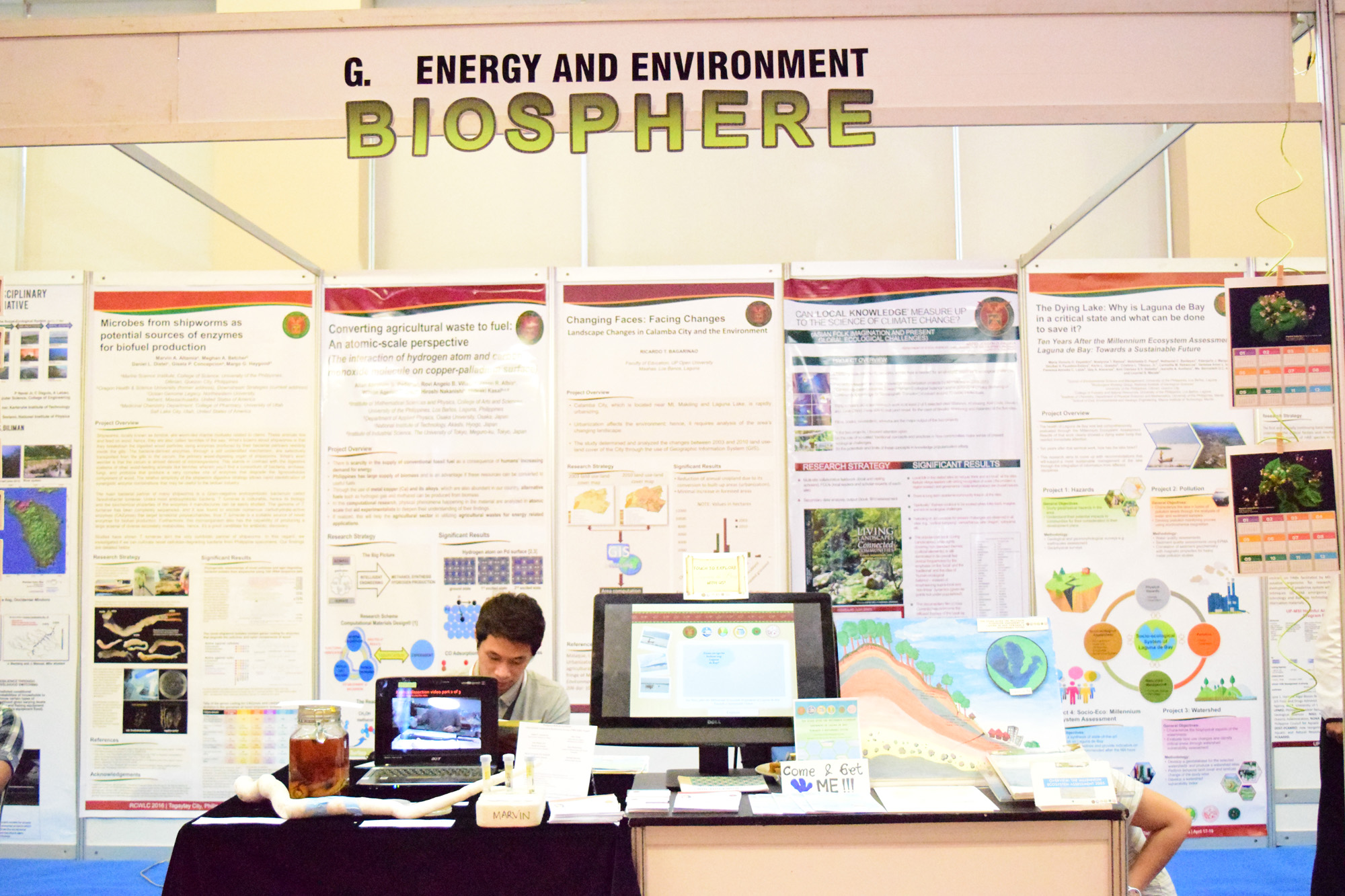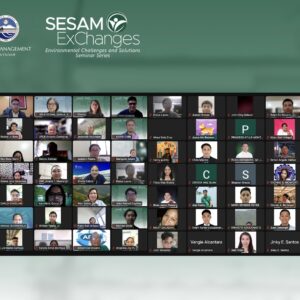Energy and Environment Cluster Exhibit Bags First Place in UP Knowledge Festival
The University of the Philippines showcased the knowledge, technologies, etc. of different projects implemented by the UP system through its top scientists and artists in the areas of food production, health, climate change, energy, environment, technology, education and more.
This event was called UP Knowledge Festival: Utak at Puso para sa Bayan, which is a three—day event held at the Taal Vista Hotel, Tagaytay City last Aprl 17-19, 2016. Its goal is to create artistic awareness and scientific literacy in the country through exhibits for the people to see what UP senior and junior researchers and scientists has been doing inside the laboratories and the creative works of artists are “timely, relevant and beneficial to the community and the nation”, as explains by Vice President for Academic Affairs Gisela P. Concepcion.
The energy, environment and ecotourism cluster won 1st place for the best cluster exhibit. This cluster is composed of 17 projects divided into geosphere, biosphere, humanosphere and hydrosphere. The Emerging Interdisciplinary Research (EIDR) Project entitled Ten Years After the Millenium Ecosystem Assessment of Laguna de Bay: Towards a sustainable future leaded by Dr. Ma. Victoria Espaldon is one of the Projects under this cluster. They presented the “The Dying Lake: Why is Laguna de Bay in critical state and what can be done to save it?”
EIDR studied the health of Laguna de Bay, which was last comprehensively evaluated through the Millennium Ecosystem Assessment. Results of the work clearly showed a dying water body that needed immediate attention. This research aims to come up with recommendations that will support a more sustainable management of the lake through the integration of information from different disciplines.
The project has four components, namely: hazards, which aims to study geophysical hazards in the area and understand their potential impacts to communities for their consideration in their development plans; pollution, which characterize the lake in terms of pollution levels through the analyses of water and sediment samples and develop pollution monitoring proxies using environmental magnetism; socio-eco millennium ecosystem assessment, which aims to produce a synthesis of state-of-the-art information on Laguna de Bay and generate new baselines and provide indicators on how the targets recommended after the MA have been met or missed; and watershed, which aims to characterize the biophysical aspects of the watersheds and evaluate land use changes and identify critical areas through watershed vulnerability assessment.
EIDR is a collaboration of the School of Environmental Science and Management, College of Forestry and Natural Resources-UPLB, Rushurgent Working Group, National Institute of Geological Sciences-UP Diliman, Institute of Chemistry, Department of Physical Sciences and Mathematics-UP Manila and School of Civil, Environmental and Geologic Engineering, Mapua Institute of Technology.
Meanwhile, the Disaster Risk Management and Climate Change cluster won 2nd place in the exhibit where also one of the projects of SESAM entitled Smarter Agriculture to Reinvigorate Agriculture as an Industry (Project SARAI) is included.







